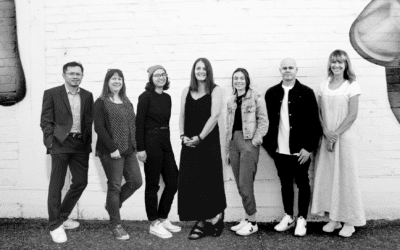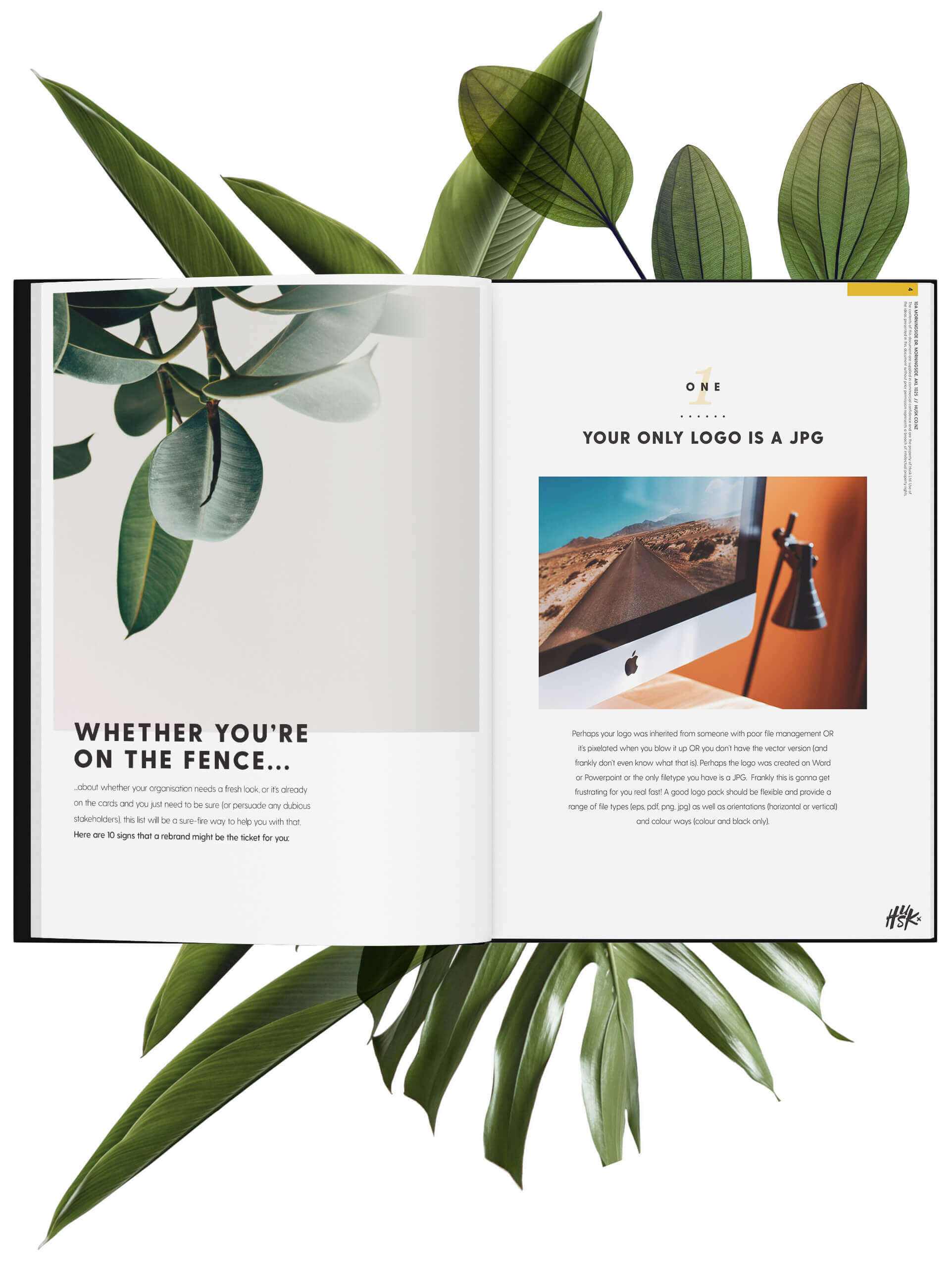So you’ve just spent a stack of moolah on a brand-spanking new corporate identity.
You want to maintain the professionalism and slick design from the initial brand development process but are a bit worried about all your well-meaning staff that are going to get their hands on the logo?
There’s the textbook answer — which is to have a great relationship with a design agency (or unagency like Husk) who can act as your brand managers, gatekeepers and developers — but we’re not gonna say that ’cause it’s predictable and also ‘cause you’ll say we’re biased. Chances are, if your organisation already understand this, you actually don’t even need to read this post.
However, if brand management, for whatever reason, needs to tuck under your own business umbrella, here are some tips ‘n tricks to help you get on the right track.
What does your brand stand for?
The saying goes ‘If you don’t stand for something, you’ll fall for anything’ also applies to your brand. A great brand is in essence aspirational, authentic, unique, relatable and relevant to your customer – many businesses focus on product or service but not on customer experience, which is also known as customer obsession. We can help figure out the unique DNA of your brand and in turn, refresh your messaging from a marketing focus to a customer focus.
Follow a brand guide (if you have one)
There are two types of “guides” that we create here at Husk. One is a standard Logo Guide that lays out the colour ways, type selection and design elements used in your logo and the do’s and don’t do’s on its usage. However, read this article that speaks on logos and corporate identities, and you’ll see there’s a breadth of detail that can be added to your brand landscape. This is where the fuller offering, the Brand Bible, becomes your new best friend and details everything from the usage of fonts, white space, tone and language, image aesthetics, messaging, palettes and sample document layouts to help build and maintain consistency across your collateral.
Make templates work for you
Microsoft letterhead templates are bog-standard when doing the first brand roll-out. But if you’re going to do more regular pieces in-house, like newsletters, presentations and posters, we can prepare Adobe ‘master’ files that you can use to preserve some level of uniformity with your collateral. The only speedbump is that it can be time-consuming to learn a new programme. So note that regular design pieces with your design agency are generally cheaper to do on repeat – using a pre-existing design and plugging in new content is much faster than reinventing the wheel each time and way less time-consuming for a production designer than your business receptionist.
Get the right tools
To work with prepared files and templates, a bit of research into Adobe subscriptions and a bit of training to learn said tools are the next natural step. Danksy and TastyTuts on offer free youTube tutorials, or there are paid series like Lynda. Canva.com is a great free online tool that lets you edit photos and prepare posts for social media — the world’s your oyster when it comes to learning!
Protect your dignity by learning about typography
People often think graphic design is just about finding the right colours and images, but good composition lives and dies on typography. Things like kerning (spacing between letters), leading (spacing between lines), and paragraph spacing (no fancy words here) are critical, let alone choosing cohesive and flexible fonts that work consistently across platforms, devices, web and print. We’re not going to take this opportunity to harp on about Comic Sans, but… you know.
Avoid boring stock photos.
Pure white backgrounds and perfect models with cheesy grins are a thing of the past. We want natural, relatable people – someone just like you and me. So…for good photography that represents your brand landscape and customers, try websites like unsplash.com for more modern (and royalty-free) stock options, but always remember to credit the photographer.
At the end of it all, a professional brand is all about consistency, consistency, consistency. If the visual and tonal elements of your brand work in harmony, your brand will stick in the minds of your target audience way better. Here’s to a stand against marketing clutter and a resolute YES to good design.
Photo credit: Oleg Magni





